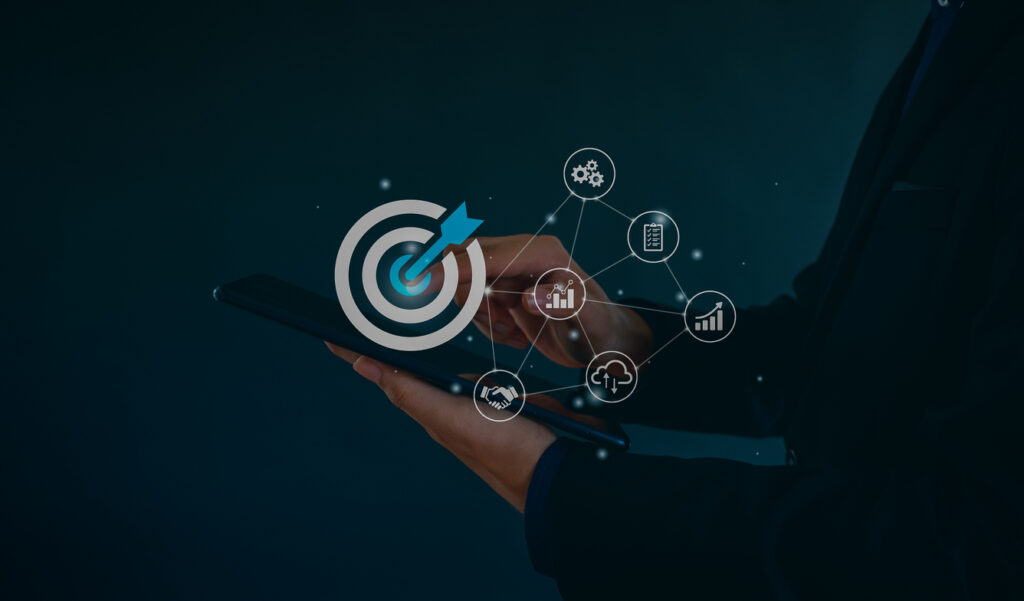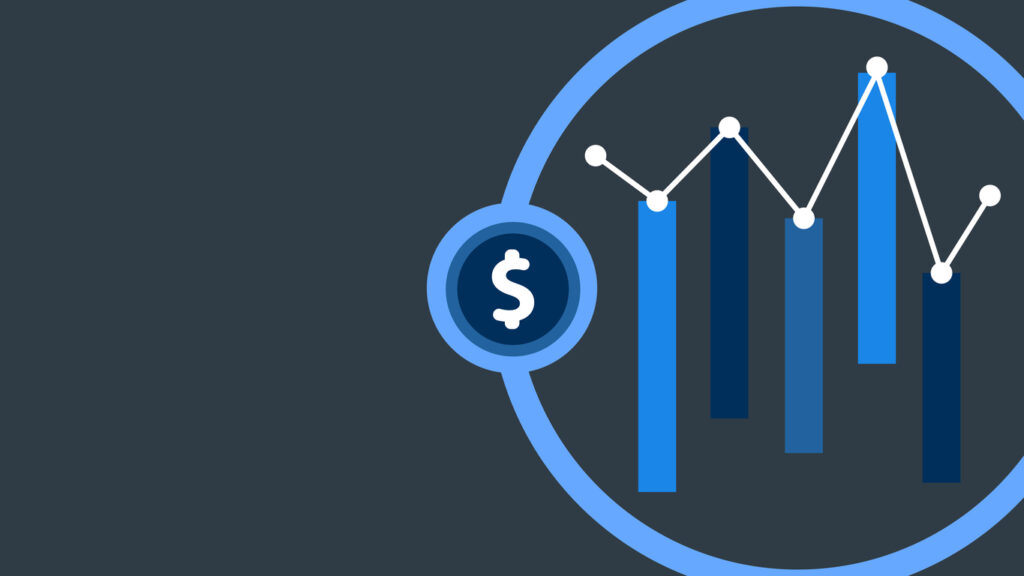By Emily Bielak
I recently attended the CXM 360 Conference, a Customer Experience Management symposium presented by Michigan State University billed as “a content-rich event that covers the entire discipline of Customer Experience Management.” I’m happy to report that the conference did well to live up to that billing and I came away with a number of “a-ha moments” from various presentations and panel discussions.
It was interesting to note, incidentally, that Michigan State University now offers a master’s degree program in Customer Experience Management, a development that underscores how critical the discipline has become for both business-school students and businesses themselves across the spectrum of product and service sectors.
While there was much to glean in terms of insights and analysis throughout the event, one particular presentation stood out as one that evoked a great deal of thought and consideration. That was the talk given by Carol Campbell, Senior Vice President and CXO at Ascension Health. With prior stints at Disney and Delta, Campbell’s experience and unique insights provided much food for thought.
Five Cornerstones of Exceptional Customer Experience
Developed in part as a result of Campbell’s thought-provoking presentation, here is my list of five key takeaways that I believe shape the foundation for successful customer experience initiatives in the modern business environment.
Transparency
Customers want clear communication, even if the experience isn’t otherwise optimal. In fact, transparency can, in some cases, serve as a preemptive protection against potentially imperfect customer experiences. Campbell provided the example of Delta adding a new feature that notifies a customer when their luggage has been loaded onto the plane. Another example might be the ability to track a UPS truck containing your delivery in real time using an app, or the step-by-step tracking of delivery pizza from the moment the order is placed until the pizza arrives at your doorstep.
Takeaway: Customers want access to information and real-time tracking or pushed updates. They will increasingly expect full transparency throughout the entire customer journey or service delivery process.
Control
Consumers want to feel as though they are in the driver’s seat during a purchase or user experience. Brands have long promised that customers are at the center of their every concern, but now more than ever, they need to deliver on that promise—literally and logistically. This encompasses the entire delivery continuum, including customization options, user personalization, and frictionless access to service assistants, either human or those powered by artificial intelligence.
Takeaway: Customers crave “choose your adventure”-style experiences. The more a customer feels in control of the experience, the more they feel engaged and catered to, which has become critical for customer acquisition and retention.
Productivity
Allow your customers to have an experience that works on their timeline—not just yours. Similar to the notion of control described above, customers are not singular in their preferences. Many want to control the timeline and venue of the customer experience, and perhaps choose journeys that are asynchronous to the traditional model of customer service.
Consider how eyecare brand Warby Parker completely rethought the experience of shopping for eyeglasses and sunglasses. No longer are customers forced to visit a retail location during normal business hours and be shepherded around the store or doctor’s office by retail associates or physician assistants. In Warby Parker’s model, shopping, fitting, and purchasing are all performed remotely, online, and at any day or time of the week. By using Warby Parker, customers can shop for eyewear on their schedule, freeing up their time that can be better spent elsewhere. I heard this expressed as “don’t waste your customer’s time or energy at any point” at CMX 360 numerous times.
Takeaway: Look for ways to remove the burdens of time and work from the customer experience and place more control and choice into the likely varied preferences of your entire customer base.
Continuity
It was emphasized throughout the symposium that the most critical events during the customer journey occur at the poles – at the entry point (which we call the trigger) and upon product or service delivery. In other words, how a customer enters the journey and what happens at the end of that experience are the two events typically with the highest leverage points. How you are perceived as a first impression is critical to client or customer acquisition.
Customer satisfaction then will be judged later on the lasting impression you leave on the customer, post-purchase or -delivery. Therein presents your best opportunity to win repeat business or earn new customer referrals, both of which are critical to growth. If you’ve ever stayed at a DoubleTree, for example, you’ve been greeted with fresh, still warm, chocolate chip cookies upon check-in. Once you experience that the first time, you’ll never forget it. Online music equipment retailer Stillwater follows up nearly every purchase, big or small, with a personal phone call from a real human asking how the “gig” or recording session went with the new gear. Small gestures leave meaningful, lasting impressions.
Takeaway: Take the time and make the investment to scrutinize the entire customer journey. Place extra emphasis on the first and final steps of each customer experience, and perhaps add unexpected, memorable moments at both journey legs.
Recognition
In a world that is increasingly trending digital, the human touch goes a long way toward differentiating your customer experience from other brands who are handing the keys to robots and artificial intelligence. Wherever appropriate and possible, create intentional milestones in the customer journey where the customer feels recognized and valued. Sometimes it is difficult to express that level of appreciation digitally, so inject some degree of personalization whenever possible. It can be a low-cost but high-impact thing, like the aforementioned phone call, that can dramatically improve the customer experience and lead to higher retention, referrals, and repeat business. Sometimes, it’s as simple as telling your customer “we value you.”
Takeaway: Customers that feel “seen” tend to have closer personal connections to a brand. In an era where brands can otherwise feel “faceless” and mechanical, gestures to recognize the real humans consuming products and services can establish connections that will be difficult for competitors to detangle.
The Big Picture and Final Word
The underlying current throughout the entire symposium is the dichotomy between the critical importance of the customer experience and the reality that, in most cases, the individuals responsible for delivering that experience tend to be the newest, least experienced, often lowest compensated, associate-level or junior employees in positions that tend to have high turnover rates. The upshot of that is just how critical rigid processes and customer experience training are. Even if you can’t conceivably keep every customer completely satisfied, you can at least explore every available tool in the customer service toolbox, including new and emerging technologies and methodologies.
The most successful customer experiences are ones that are not transactional, disconnected, singular events, but rather those that establish true and ongoing relationships between the brand and its customers. Loyalty programs, memberships, and preferred customer concierge service are the most obvious examples of such an approach. Anything that can be done to immerse the customer in an ongoing journey with the brand—not just an incidental purchase and delivery event—can lead to higher customer satisfaction and retention.
Lastly, keep in mind that not only are customer preferences and behaviors evolving as technology evolves, the preferences of your entire customer base are likely becoming more segmented. Some segments may wish to order online via a mobile app, while others may be more comfortable placing a phone call or speaking with a real human. Make no assumptions. Do the requisite research to understand the entirety of the customer base you’re looking to attract, serve, retain, and grow.
Customer experience management: Keep it simple. Make it frictionless. Eliminate time and expectations burdening the customer. The more work you do to create optimized, memorable experiences for your customers, the less work you’ll have to do attracting new customers, conquesting your competitor’s fans, and investing in the costs of customer acquisition.
Emily Bielak serves as project manager for Martec, with specific emphasis on customer experience research and initiatives. To get in touch, use the Contact Us form below.





